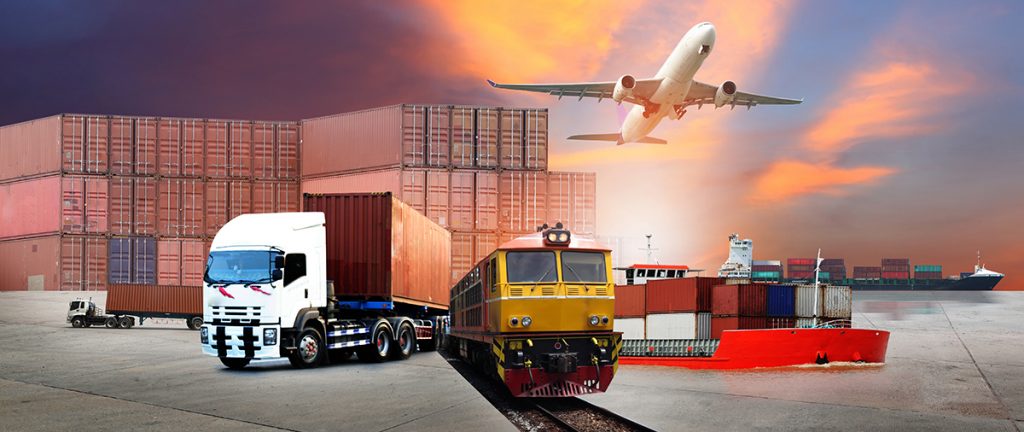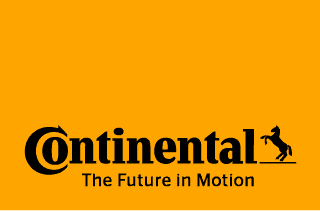Solutions for Transport Mobility

The global trend in people and goods transportation leads to multiple challenges. Process optimization and restructuring must work hand in hand with an increase in the safety structure; automotive technology enables the combination of these trends.
One good example is the use of automotive radar and camera technology for environmental modeling. The understanding of the vehicle environment can lead to a reduction in accidents and help generate optimized processes. Additionally, environmental modeling is the base for automated driving, which can range from narrow use cases on fixed tracks up to a non-geofenced concept.
The stationary use of radar technology to observe areas, detect people, vehicles and objects help to increase the knowledge about the current situation in specialized areas. Technologies like head-up-display present critical information in the optimal field of view without losing sight of the driving context. Driver monitoring systems make sure that the driver focuses on the right point in the right moment or whether they are prepared to perform a specific task.
Due to the similarity of use cases, the transfer of automotive technology is the ideal way to master future challenges in the best possible way.
Airport Environments
The airport environment is highly regulated and has clearly defined structures with specific rules and requirements for vehicles as well as for the infrastructure. Due to the often highly safety-critical processes, there is a great deal of potential for the application of automotive technology that can secure, simplify, or automate these processes.

Examples of use cases

Automated Driving

Head up Displays

Distance Control
- Automated Driving
- Distance control and collision avoidance
- Area Monitoring
- Augmented reality information provision
- Head up Displays
- Electrification
Harbor Environments
The structure of a harbor faces a lot of situations where it is beneficial to transfer automotive technology into this area. The use cases can cover the mobile but also the static use of technologies to increase the efficiency of processes or the safety level. This is especially true for areas where automated, semi-automated, and manual processes overlap. This also applies to the combination of land-based, loading, and shipping traffic.


Collision Avoidance

Head up Displays

Object Detection
- Distance control and collision avoidance
- Area Monitoring
- Automated Driving
- Driver monitoring
- Head up Displays
- Augmented reality information provision
Last Mile & Logistics
Logistic grounds and Last Mile Transportation are characterized by very high passenger and traffic volume. Automotive technology provides a robust system for increasing process flows and safety. The topic of autonomous driving during event operation and area monitoring are just a few of the possibilities. Augmented reality can provide critical support during turbulent construction and dismantling phases.


Area Monitoring

Autonomous Driving

Smart Glass
- Distance control and collision avoidance
- Area Monitoring
- Automated Driving
- Augmented reality information provision
- Electrification
- Smart glass as information media
Solutions Overview

| Blockbuster | Product | Application | ||||
|---|---|---|---|---|---|---|
| Vehicles | Infrastructure | |||||
| HEAD UP DISPLAY TECHNOLOGIES | Combiner or Windshield | |||||
| DRIVER MONITORING | Dual camera | |||||
| ENVIRONMENT DETECTION AND AUTOMATED DRIVING | Perception Development Kit | |||||
| CLUSTER AND EDU | Free reprogrammable Custer | |||||
| ANTI-COLLISION AND OBSTACLE DETECTION SYSTEMS | Mobile use of Radars & Cameras | |||||
| MONITORING OF AREAS OR OBJECTS | Stationary use of Radars & Cameras | |||||
| MANUFACTURING & PROTOTYPING | Productions and Additive manufacturing | |||||
| ELECTRIFICATION / HYBRIDATION | Inverters | |||||
| TIRE PRESSURE MONITORING | TPMS | |||||
| INTELLIGENT GLASS CONTROL | Smart Glass | |||||
| WEARABLE SMART GLASSES | Augmented Reality Glasses | |||||
| SPEAKER LESS AUDIO | Ac2uated Sound | |||||
The collision of vehicles with persons, obstacles or other vehicles is today a part of the daily vehicle use. Sensors can be used to detect obstacles and interact with the vehicle to avoid an accident automaticly or to just warn the driver. This can lead to a increase of safety and a reduction of subsequent cost. The collision avoidance represent the first step for automated driving for all vehicles.
Benefits
- Protects humans
- Improves accident prevention
- Reduces downtime and costs
- Improves the attention of the tram driver
- Technology robust against bad weather conditions
Stationary use of automotive technology for access control, object and obstacle detection. Examples for this use can be a obstacle recognition in the roll area of a excavator or planes. The well proven radar and camera technology will be use for a stationary mounting with use case tailored algorithms the increase the safety level during operations to detect each type of objects that could hinder the operation or that enter a certain area with position, direction an speed.
Benefits
- Proven automotive technology
- Weather independent sensor technology
- Detects and clusters objects and people
- Increase the safety during rail operation
- flexible application use case and area
Intelligent Glass Control uses special films, which are inserted into the glass that change their transparency through electric control signals. This allows all vehicle windows to be darkened with the touch of a button. This works in a very selective and incremental way. You can trigger individual windows and you can also determine the degree of darkening, so to say you can dim your windows. This not only offers increased comfort for driver, but also makes driving safer by avoiding strong glare of sunlight on, for example, ski slopes or after leaving tunnels or mines.
Benefits
- Less weight compare to mechanical solutions
- Flexibility in the configuration of use cases
- Automatic in-cabin brightness adaption
- Display suitable information
Our Head-Up Displays (HUD) project the essential information directly into the drivers field of vision without restricting it. The driver concentration remains on the road ahead or on a other important target like the load on the crane. This not only contributes to higher safety because he does not have to change his focus, it also reduces eye fatigue by decreasing the demand of switching between the road, load and instruments.
Benefits
-
Relevant information is moved to the drivers field of vision
-
Driver fatigue is reduced by removing the need to switch focus
-
Safety is increased because the drivers eyes remain on the road or object of interest
The system monitors the drivers head to evaluate the attention, gaze direction, facial expressions, heart rate, drowsiness estimation and fatigue, this information is used to increase safety and productivity level. In combination with an stereo- or TOF-system, gesture recognition is also available.
Benefits
- Reliable drivers condition tracking
- Reduction of driver distraction and stress
- Increased safety through potential initiation of safeguarding strategies
Monitors the tires‘ pressure and alerts the driver, when the pressure is below a defined threshold. This prevents subsequent errors or long downtimes due to an unexpected, tire error and makes it possible to put the vehicle in a safe condition.
The system consists out of four wheel unit sensors and one ECU to receive and process the data.
Benefits
- Reduces accidents caused by underinflated tires
- Makes it possible to detect tire errors early
- Avoids increased fuel consumption due to low tire pressure
Direct Contact
Tel: +49 69 678 696 410
Email:
Relevant Links

Environmental Sensing & Automated Driving
Assisted and automated driving is a key megatrend in Off-Highway industries. With Continental Engineering Services you profit from mature and robust automotive sensors and functions that can be adapted to the individual off-highway-application.

Human-Machine-Interface (HMI)
A Holistic Human-Machine Interface is to make the understanding of information and the reaction to it as easy and intuitive as possible.




